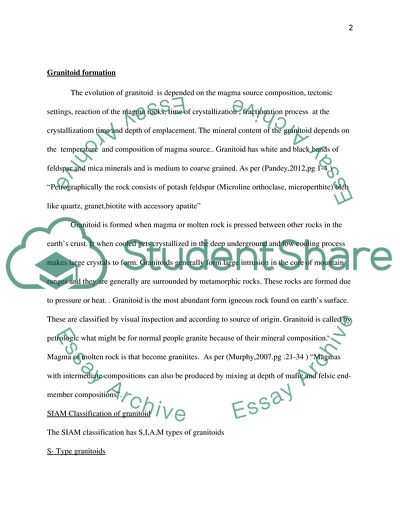Cite this document
(“Geology / petrology: Classification of Granitoids Research Paper”, n.d.)
Retrieved from https://studentshare.org/physics/1633866-geology-petrology-classification-of-granitoids
Retrieved from https://studentshare.org/physics/1633866-geology-petrology-classification-of-granitoids
(Geology / Petrology: Classification of Granitoids Research Paper)
https://studentshare.org/physics/1633866-geology-petrology-classification-of-granitoids.
https://studentshare.org/physics/1633866-geology-petrology-classification-of-granitoids.
“Geology / Petrology: Classification of Granitoids Research Paper”, n.d. https://studentshare.org/physics/1633866-geology-petrology-classification-of-granitoids.


